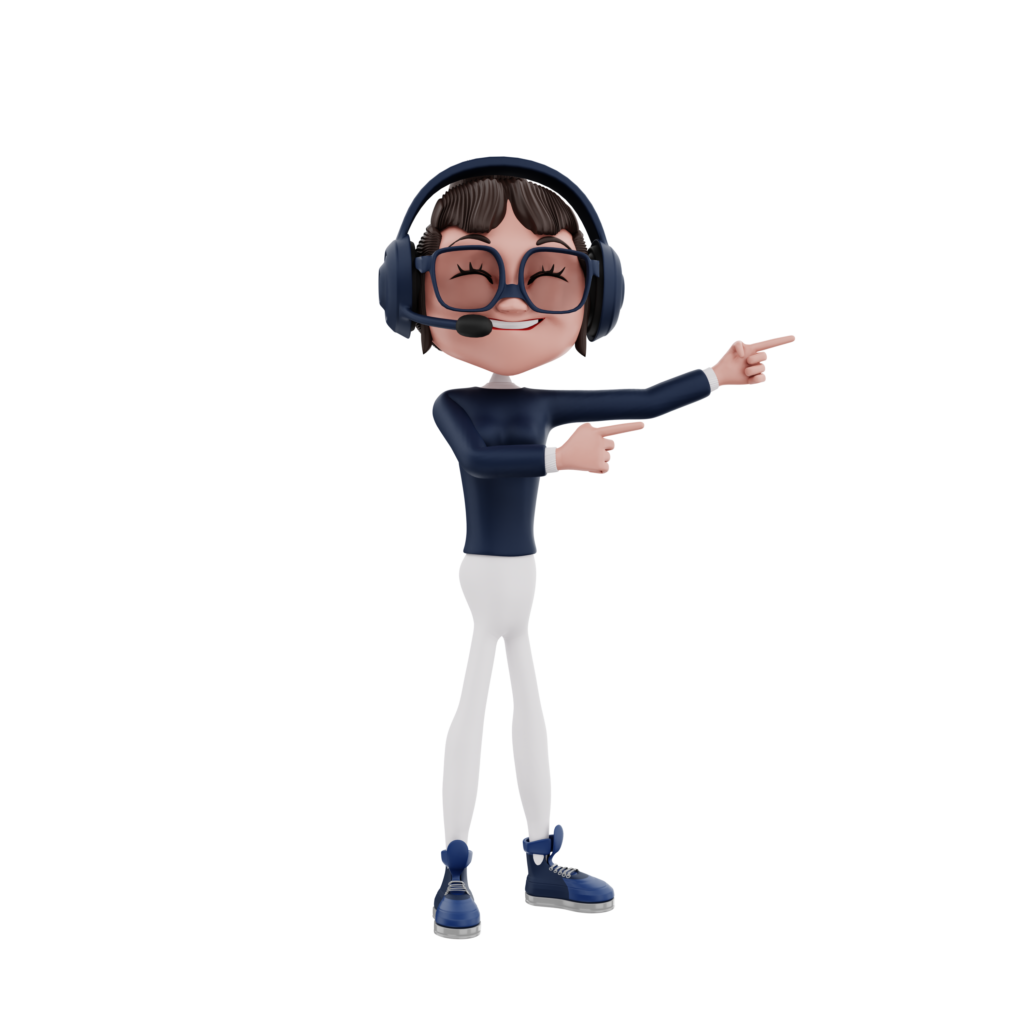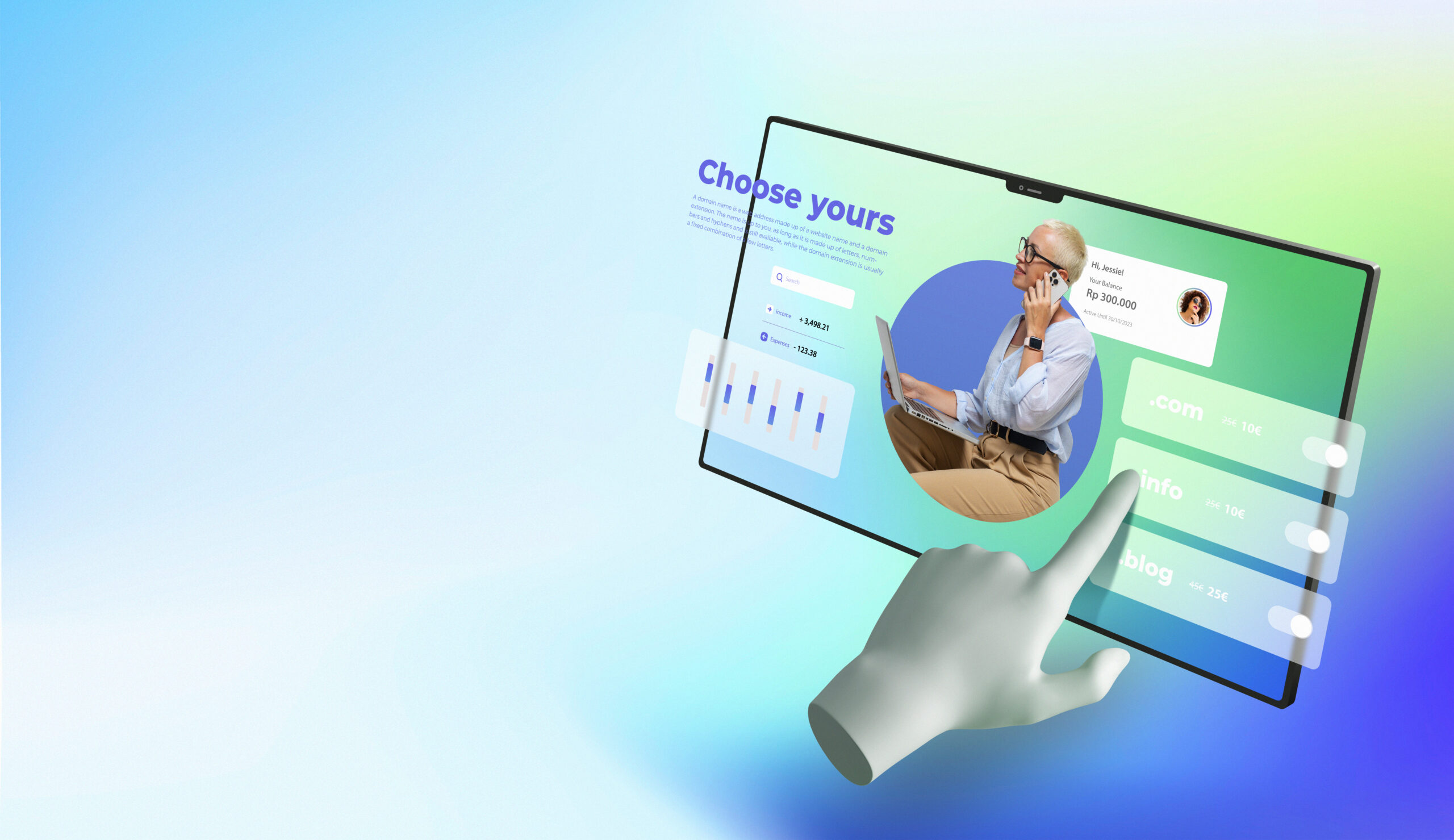Imagine browsing a website where images are not just static, but subtly alive, bringing an element of serene motion to your screen. This is cinemagraphs, a fascinating blend of photography and video that’s transforming the web design landscape. In this post, we dive into the world of cinemagraphs, exploring their role in modern web design and how they’re changing the way we interact with digital content.
Website Redesign Services from Webtec, where dreams meet reality
The Rise of Cinemagraphs in Web Design
Cinemagraphs are unique because they capture a moment in time, combining the stillness of photography with the dynamic nature of video. A cinemagraph might show a scene where everything is motionless except for one element – perhaps leaves fluttering in the wind or a flickering candle. This subtle movement creates a powerful effect, making the image more engaging and memorable.
Web designers are increasingly using cinemagraphs to create visually stunning websites. These moving images can capture the viewer’s attention without being as distracting as a full video. They add depth to web pages, enriching the user’s visual experience and making the website stand out.
Enhance User Experience
The beauty of cinemagraphs lies in their subtlety. Unlike traditional videos, which demand attention, cinemagraphs blend seamlessly into the design of a webpage. This integration ensures that they enhance rather than detract from the user experience. They’re perfect for creating a mood or setting a tone without overwhelming the user.
Furthermore, cinemagraphs are an excellent tool for storytelling. They can convey emotions or concepts in a way that static images cannot, making them ideal for brands that want to create a strong visual identity online.
Join us for another exciting read in our latest blog post: Optimize Your Image File Names With These SEO Tips.
Best Practices in Using Cinemagraphs on Web Design
1. Keep It Subtle:
Cinemagraphs shine when they are not too loud or busy. The beauty of a successful cinemagraph lies in its gentle motion. This means the movement within the image should be just enough to catch the eye, but not so much that it becomes a distraction. When you use cinemagraphs, aim for a delicate balance. Subtle motion can add depth and interest to your web pages, making the user’s experience more engaging.
2. Optimize for Load Times:
Remember, cinemagraphs are often larger files compared to static images. This size difference can affect how quickly your webpage loads. Users expect fast loading times, so it’s crucial to optimize your cinemagraphs. Compress these files without losing quality. Your goal is to keep your site speedy and responsive. Fast load times keep users happy and engaged with your content.
3. Context is King:
Use cinemagraphs with purpose. They should serve a specific role in your content. Whether it’s to highlight a product, create an atmosphere, or tell a story, the cinemagraph must fit seamlessly into your content. Don’t just add them for visual flair. Instead, think about how they enhance your message or narrative. Cinemagraphs are most effective when they are used to support and elevate your content.
4. Quality Matters:
The quality of your cinemagraphs speaks volumes about your brand or website. High-quality, well-crafted cinemagraphs reflect professionalism and attention to detail. They should be crisp, clear, and visually appealing. Remember, a poorly made cinemagraph can detract from your user’s experience. Invest time and resources in creating high-quality visuals. These will not only impress your audience but also strengthen your online presence.
Implementing Cinemagraphs Technically
Implementing cinemagraphs on a website involves a few technical considerations. They can be added as GIFs, video files, or even through CSS animations. Each method has its pros and cons:
- GIFs are simple to implement but can be large in file size.
- Video files offer better quality but require proper encoding and may not be supported on all browsers.
- CSS animations offer more control but are complex to create.
Cinemagraphs for Different Types of Websites
Cinemagraphs can be used across various types of websites. For example, in e-commerce, they can dynamically showcase products. In portfolio sites, they can add a layer of creativity to the presentation of work. Even in blogs, cinemagraphs can make the content more engaging.
Conclusion
Cinemagraphs add a special flair to website design, skillfully merging photography’s stillness with the dynamic nature of video. This combination brings a subtle vibrancy to web pages, captivating viewers without overwhelming them. When designers use these images thoughtfully and optimize them for the web, they can craft more immersive and engaging online experiences.
In the competitive digital landscape, standing out is crucial. Here, these dynamic visuals serve as a fresh, innovative tool to attract and retain audience interest. They are more than just a fleeting trend; they represent the evolving face of web design. They offer a glimpse into a future where the internet is not only visually rich but also more interactive and engaging. These visuals are a key to forging stronger connections with viewers, transforming websites from mere information portals into captivating digital experiences.


